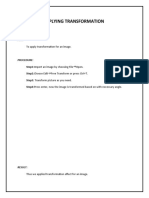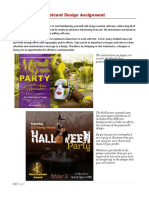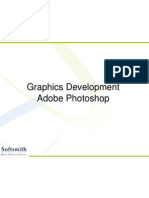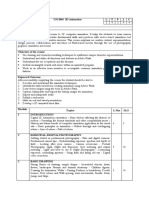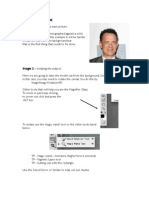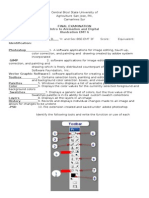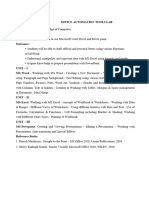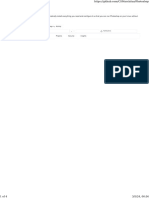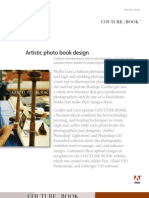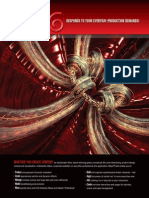0% found this document useful (0 votes)
34 views9 pagesMultimedia Practical Procedure
The document provides step-by-step instructions for creating various digital projects using software like Flash and Photoshop, including animations like a growing moon and bouncing ball, as well as graphic designs such as book covers and election posters. Each project outlines the necessary tools and techniques to achieve the desired effects, from basic shapes to advanced features like motion tweens and text effects. It serves as a comprehensive guide for users looking to enhance their skills in digital design and animation.
Uploaded by
dorayakey.65Copyright
© © All Rights Reserved
We take content rights seriously. If you suspect this is your content, claim it here.
Available Formats
Download as DOCX, PDF, TXT or read online on Scribd
0% found this document useful (0 votes)
34 views9 pagesMultimedia Practical Procedure
The document provides step-by-step instructions for creating various digital projects using software like Flash and Photoshop, including animations like a growing moon and bouncing ball, as well as graphic designs such as book covers and election posters. Each project outlines the necessary tools and techniques to achieve the desired effects, from basic shapes to advanced features like motion tweens and text effects. It serves as a comprehensive guide for users looking to enhance their skills in digital design and animation.
Uploaded by
dorayakey.65Copyright
© © All Rights Reserved
We take content rights seriously. If you suspect this is your content, claim it here.
Available Formats
Download as DOCX, PDF, TXT or read online on Scribd
/ 9
















